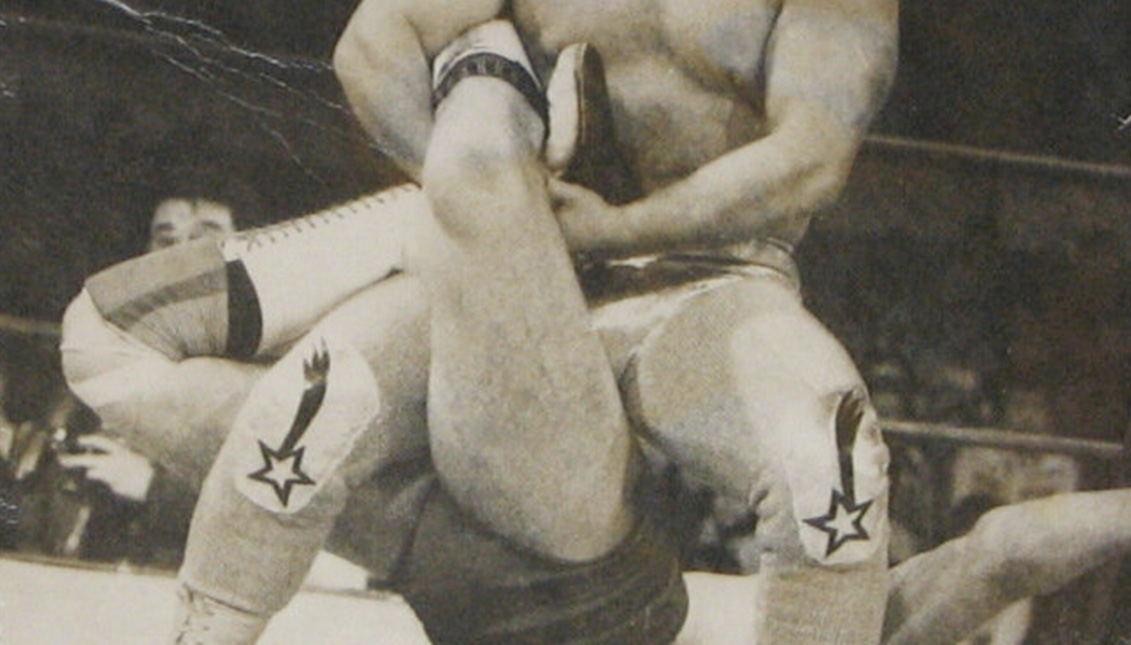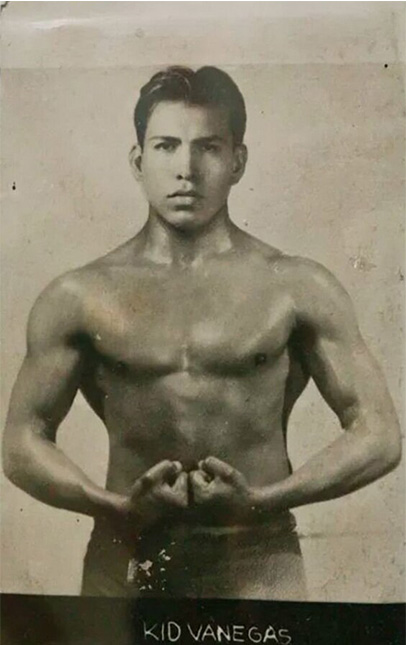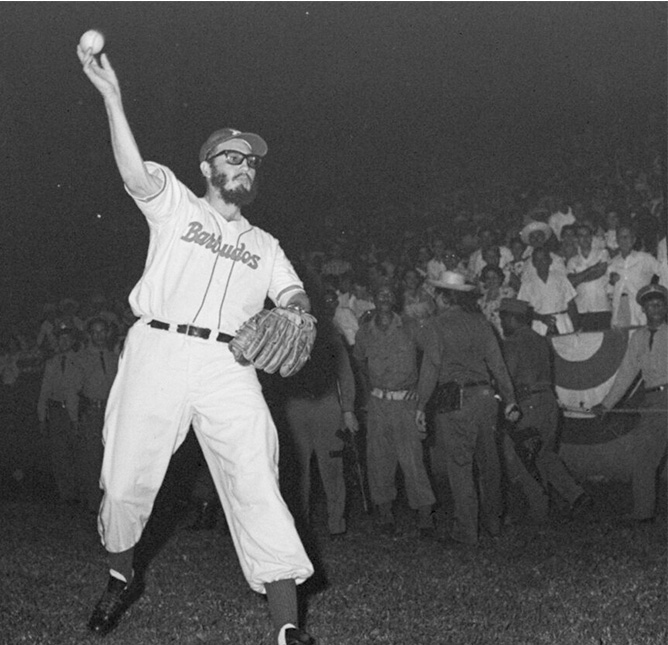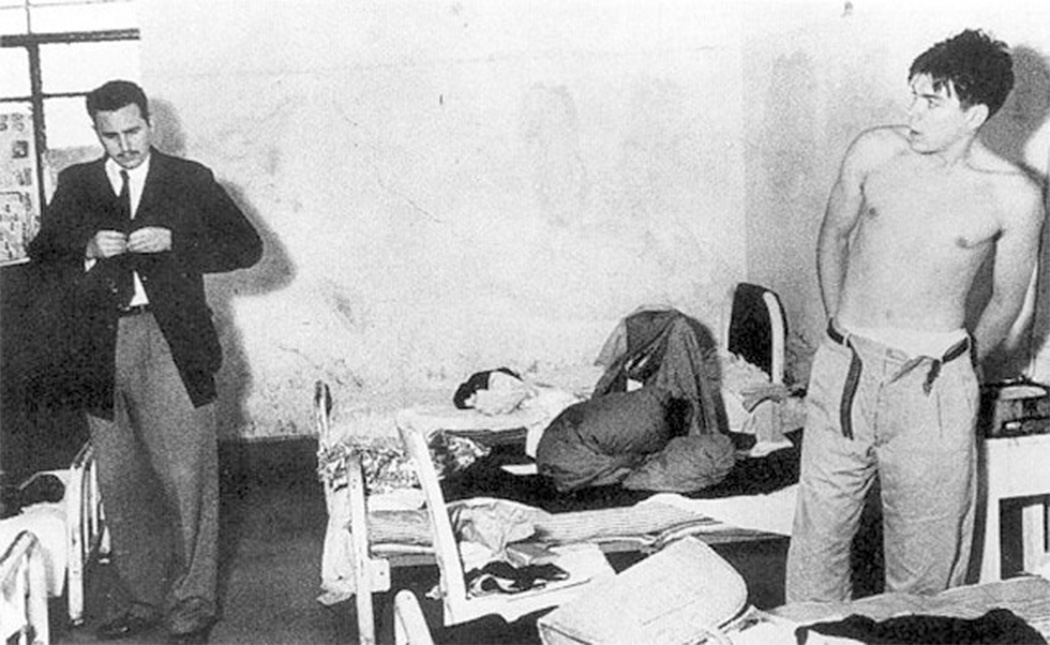
The wrestler who trained Castro and Che for the Cuban Revolution
Keys, techniques to immobilize the enemy and hard walks in the forest: the legendary fighter Arsacio "Kid" Vanegas was the "sensei" of the revolution.
As every morning, the group of young students ran along Avenida de los Insurgentes in Mexico City. Their muscles tense, their T-shirts soaked in sweat from the intense July heat, they were preparing for the "big moment." Among them were two men that history would remember as the architects of the Revolution in Cuba: Fidel Castro and Ernesto Che Guevara. A few meters away, pretending to jog, Batista's secret services were following them. They thought the strange group of gymnasts suspicious, and they were right. All of them belonged to The 26th of July Movement, which dreamed of taking power in Cuba.
That was in 1955. There was still a year to go before that "great moment". They were pressed for time, having arrived in Mexico to train with the greatest, Arsacio "Kid" Vanegas, a legendary Mexican wrestler whose grandfather was a printer of Cuban independence pamphlets and even knew liberator José Martí.
Vanegas' grandson also had a printing press. After training hard in Mexico, Castro took advantage of the facilities to print his first manifesto which he would later send to Cuba and the bonds that he would sell to the United States.
They would leave at dawn and train in the hills with very hard physical tests, which included rowing and shooting practice and weightlifting.
They looked like simple boys from the Bucareli gymnasium, strong as oaks, but the training of these men was military: walks through the Chapultepec forest, rowing and shooting practice in Los Gamitos and weightlifting. Vanegas even taught them wrestling tricks to immobilize the enemy.
In the Morelos colony, at 27 Penitenciaría Street, a rebellion was taking place that was going to knock out an entire system and a tyrant, they said. Vanegas took it seriously: leave at dawn, start the physical tests, in the hills of Chiquihuite and El Ajusto, for when the intrepid "saviors" have to cross the Cuban mountains.

There was more than one fighter teaching Che and Fidel to put their enemies on the ropes. The great Avelino Palomo, aka "Kid Medrano", also allied himself with the guerrilla. Medrano was brought by Che. They met when Ernesto Guevara, as a doctor, treated him for a throat condition and they became friends -after all these years, the fighter still kept the recipe he treated him with as if it were a trophy.
They were in Mexico for about a year. The insurgents lived in Vanegas' house and integrated themselves into the dynamics of the city for survival. Che worked as a doctor. Fidel, on the other hand, posed as a pitcher for a local baseball team.
Castro tried out for the Minatitlan Reds baseball team under the name "Raul Puig." He was strong and fast, had "a good pitching style and nothing else," the press said of him in the only game he may have played.

They say one day Fidel's (Raúl's) coach, Mario García Domingo, went to see him in his room at the Hotel del Trópico and found the room covered with pamphlets and Fidel typing more manifestos and more mottos. Then, the one who would be the leader of Cuba confessed to the coach. He told him what they were up to and asked him for silence.
RELATED CONTENT
It had been four years since Batista's coup d'état in Cuba that imposed a strong military dictatorship and rigged elections. Fidel, who had already been imprisoned for 22 months on the island before landing in Mexico with his rebels, headed back to the homeland he wanted free. It was on November 25, 1956, when the team left Tuxpan, in Veracruz, aboard the Granma with 82 combatants of The 26th of July Movement trained by Venegas. Among them was Che, who had joined them in Mexico.
After a hard seven-day journey, they managed to run aground in the mangroves of Playa Las Coloradas, on the eastern coast of Cuba. They did it a couple of days later than planned and prevented good coordination with Frank País' insurgents, who were waiting for them on the island.
"Vanegas was a firm and loyal collaborator of the group of Cuban revolutionaries who in Mexico took on the difficult task of preparing the final stage of the struggle for the freedom of our homeland", Fidel Castro
While Batista's army had 80,000 men, Castro's followers were scattered and persecuted until they managed to get into the Sierra Maestra. Twenty revolutionaries had already fallen and many more would die in the years to come. They were also political prisoners, and during the war Batista's men would take them out of prison and have them executed. Fidel, however, always insisted that The 26th of July Movement never murdered a prisoner, and the NYT confirmed the claim.
In January 1959, the revolution ended. Vanegas, from his gym in Mexico City, jumped for joy. A long battle, with as many rounds as years the guerrillas spent in the mountains.

They say that when the legendary fighter died in 2001, he still had Fidel's sweaty shirt and a backpack that Che used on his walks on the Popocatepetl volcano. At his death, Castro sent some flowers and a letter to his widow:
Republic of Cuba, President of the Council of State and Government.
Havana, September 27, 2001. To the relatives of Arsacio Vanegas Arroyo. Mexico City.
"It is with deep regret that I learned of the death of Arsacio Vanegas, and I wish to convey to you my most sincere condolences. Vanegas was a firm and loyal collaborator of the group of Cuban revolutionaries who in Mexico gave themselves to the difficult task of preparing the definitive stage of the struggle for the freedom of our homeland. The multiple and very valuable services that he rendered, with the most absolute disinterest and with full identification with the cause of the Cuban Revolution, during the long months of preparation for the Granma expedition, made him worthy of our perennial gratitude and of the recognition of all the Cuban people, who always considered him as one of their sons and one of their combatants. Please accept the testimony of my deepest sorrow and my greatest appreciation."











LEAVE A COMMENT: